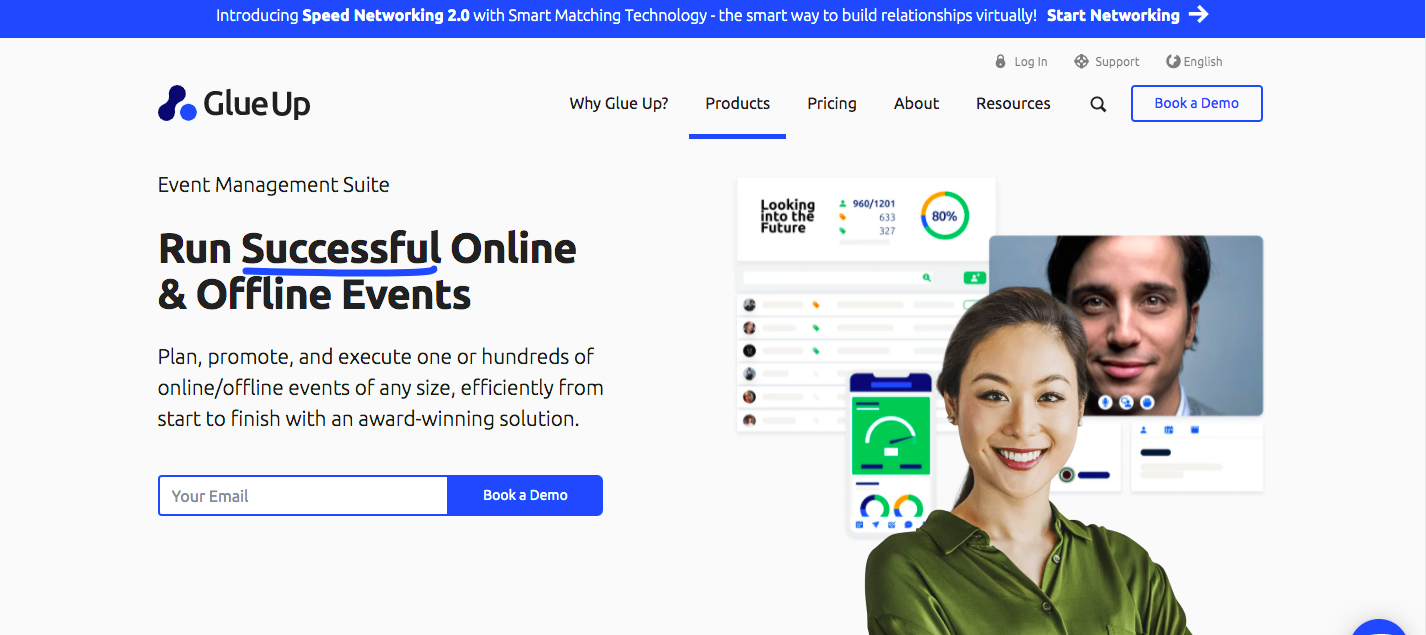![An Event Planner’s Guide to Pop Up Events [With Tips & 8 Examples] An Event Planner’s Guide to Pop Up Events [With Tips & 8 Examples]](/sites/default/files/image_1705.png)
Hosting pop up events can be an ideal opportunity for businesses or organizations to introduce their new products or services to the audience. It is a more targeted approach that generates leads without spending too much. Moreover, it enables business owners to meet their prospects in unique locations.
If you are looking for the best ways to host a pop-up event that can convert and leave a lasting impression, you've come to the right place.
In this article, you will learn the key areas to work on when planning one, ways to market it effectively, and some strategies that can keep the momentum going. Let's get started.
Quick Reads
- What Are Pop-Up Events?
- 5 Key Areas to Focus to Ensure a Successful Pop-Up Event [with Tips]
- Examples of Pop-Up Strategies to Keep Momentum in Events
What Are Pop-Up Events?
Pop-up events are creative events hosted in unique venues for a few hours or days. The element of surprise in unexpected locations distinguishes them from the rest. Furthermore, they may be hosted face-to-face, virtually, or hybrid.
Are Pop-Ups Suitable for Every Industry?
Pop-up events grow in popularity in the event and meetings industry. They are an innovative way of creating a unique atmosphere people want to be a part of. For this reason, they are suitable for all industries that are open to new pop up event ideas to make unexpected and memorable experiences.
5 Key Areas to Focus to Ensure a Successful Pop-Up Event [with Tips]
Below are some pop-up event examples and tips to host a successful pop-up that can engage and leave a lasting impression.
1. Goals
Defining The Goals of Your Pop-up Event
Having well-defined goals and objectives for your pop up event allows you to plan it well, keep on target, and execute smoothly. Moreover, it helps you retain customers and generate leads.
A pop-up event should have the following goals to obtain what you are trying to accomplish:
- Get new customers
- Increase brand awareness
- Execute market research
- Offer the best customer experience
Select a Theme for Your Goals
Evaluating your goals helps you determine the best event theme. In addition, it serves as your guide when deciding the type of pop-up shop to run, what supplies to look for, and how to promote it after launch.
Here are some of the questions to ask when setting goals:
- Do you need to keep loyal customers?
- Do you want to identify a potential target market?
- Are you testing the market before a full-scale launch?
Examples of Pop-up Events With Realistic Goals:
TULA Skincare Influencer Pop-Up Event

TULA Skincare hosted a pop-up event in Dallas to launch its latest products. With a tropical theme, it created a relaxed atmosphere with a manicure station and plenty of balloons making room for an Instagrammable atmosphere.
NARS Cosmetics Interactive Pop-Up
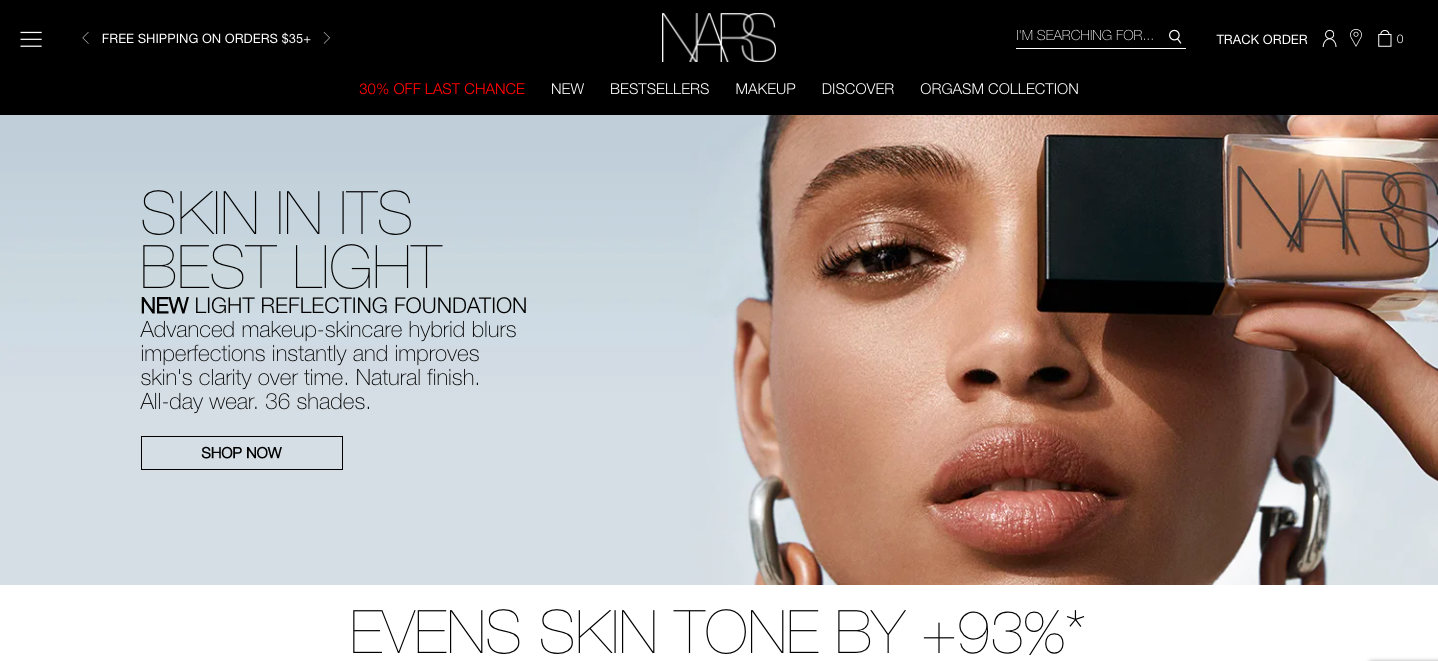 To celebrate the release of its newest mascara, NARS Cosmetics launched a 3-day pop-up event in New York City. The fun, creative, in-person event had live performances with interactive elements to increase audience engagement.
To celebrate the release of its newest mascara, NARS Cosmetics launched a 3-day pop-up event in New York City. The fun, creative, in-person event had live performances with interactive elements to increase audience engagement.
2. Venue
Plan an Accessible Event

Consider where prospects work, eat, and relax when choosing an event venue. If you’ll be selling tickets, the exclusivity of the experience is part of the price they’re willing to pay. After this, it would be best to offer exclusive deals or perks to draw in new customers.
For example, if you’re hosting a food pop-up event, requiring attendees to pay for a unique experience can give them access to plenty of menu options.
If you’re interested in hosting a pop-up restaurant, find a location that’s safe to cook and serve meals. Make sure to apply for licenses and permits, set up for the event, find the right staff, and promote it. You can follow some effective restaurant management tips to further enhance such pop-up restaurant management.
Example of a Pop-up Event That Found Its Audience in a Unique Way:
New York City is the best place for beauty enthusiasts when staying in the know for all-new cosmetics in the market. The city makes it easy to explore a plethora of unique stores offering interactive makeup experiences and Instagram-friendly brand flagships.
So whether customers are looking to fill their makeup bags or simply checking options for all their makeup needs, it’s evident in the NARS event example above is a testament that they can’t go wrong in the city.
Working with Real Estate Agents Specialized in Pop-Up Venues

You have to create a pop-up event that intrigues the audience to capture attention. As a pop-up event planner, selecting the best venue that satisfies your event requirements is a must.
Agents spend much of their time finding and negotiating venue contracts for clients. They also manage effective venue sourcing while sticking to a schedule. You may want to consider working with them to eliminate miscommunication when choosing the best venue.
Consider setting up booths in high-traffic areas like local shops or malls. On the other hand, you may choose to purchase a vehicle or rent a pop-up truck from Storefront if you want a more flexible option.
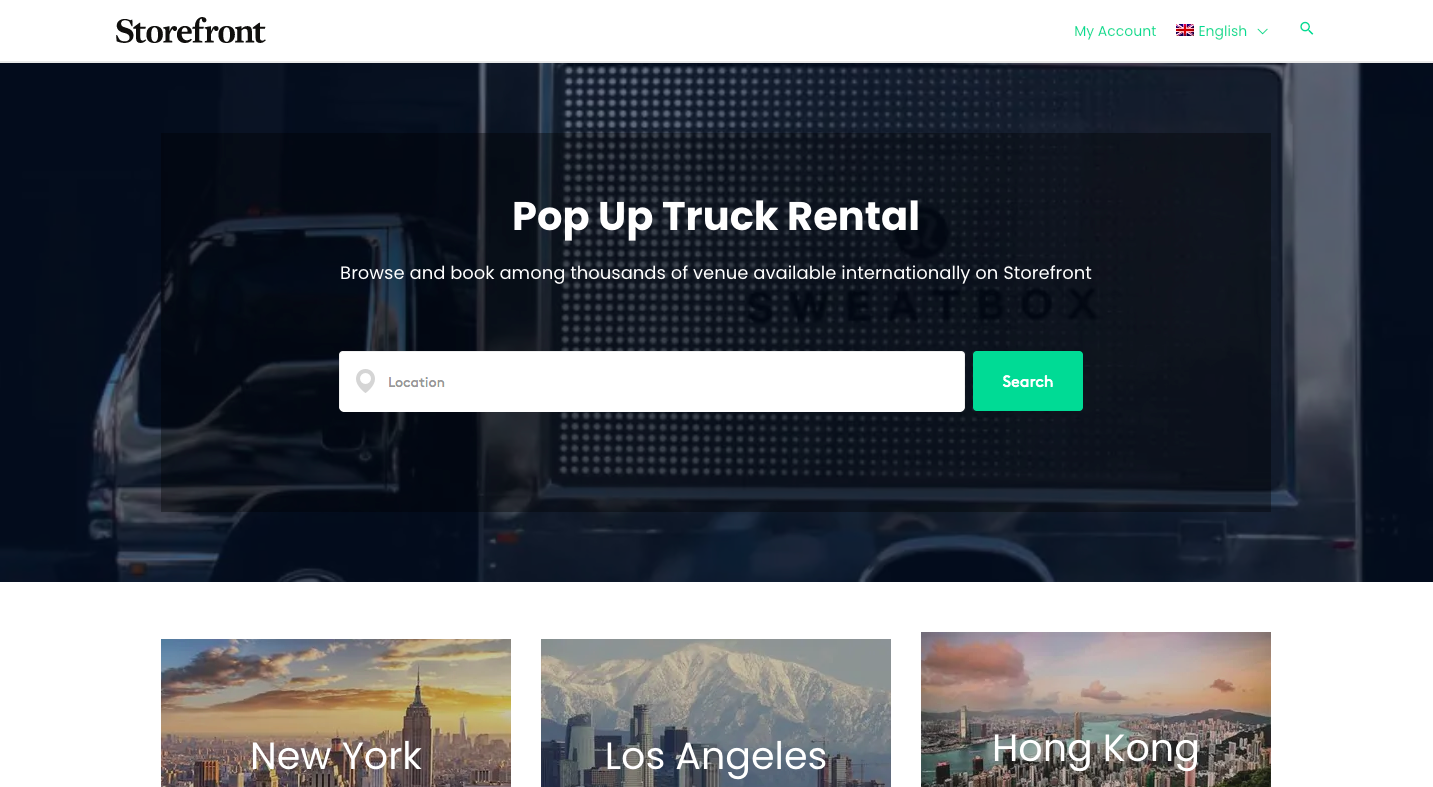
3. Logistics
Consider Pop-Up Logistics
After deciding on your pop-up venue, you can now focus on logistics. Complete all requirements, such as permits and licenses, before the event.
It requires careful organization when planning event logistics and its implementation and control to achieve a successful event.
A last-minute change should be expected and integrated into the overall plan. Always consider the following elements:
- Warehouse and distribution
- Event logistics
- Delivery management and loading schedules
- Traffic management
- Asset tracking, freight & bump-out logistics, etc.
4. Technology
Event Management Software
An event management software lets you automate your promotional activities before the event. Moreover, you save a lot of time through process automation–from registration to booking to follow-up for seamless event execution. You can visualize your budget with dashboards and analytics to maximize event ROI.
Engaging Participants Through Audio Visual (AV) Technology
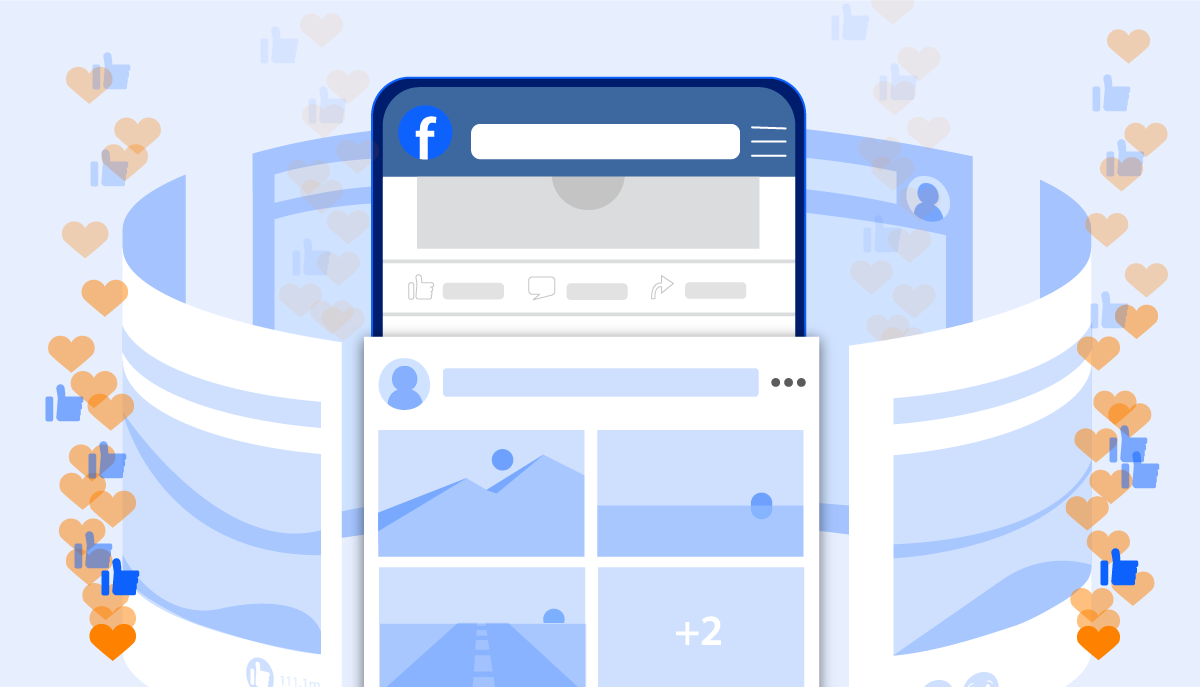
Using audiovisual equipment like projectors and screens can bring an event to life, may it be a presentation, a conference, or a training. When utilized correctly, AV can boost audience engagement and help them to connect with the message. What’s more, you can even create a meaningful experience that transforms the audience.
Some of the best examples are below:
Wi-Fi Connectivity and Bandwidth
Wi-Fi connectivity offers convenience to any major event, enabling multiple users to connect through the same network for smooth communication. In addition, it’s key to mobile payments that increase outdoor event revenue and improve user experience.
Food and Beverage (F&B) Service & Partnership
Sign up for F&B service and partnership. When you incorporate this into your event, attendees can choose from different vendors–making this event more diverse and attractive.
For example, F&B partnerships can increase guests' food and drink selections. Booths can range from coffee shops, restaurants, food trucks, and many more to offer variety.
Cashless Payment Systems
Prioritizing digital payments is essential in making and receiving payments. Online payments offer convenience, especially to those who refrain from carrying cash.
Additionally, your customers or guests can save a lot of time as they no longer need to fall in line for ATM services. Payment apps allow you to manage your money, whether incoming or outgoing funds.
If you are looking for the most convenient way to collect online payments for your organization, be sure to check out Paygage. The payment solution offers a secure way to receive money and bill your customers.
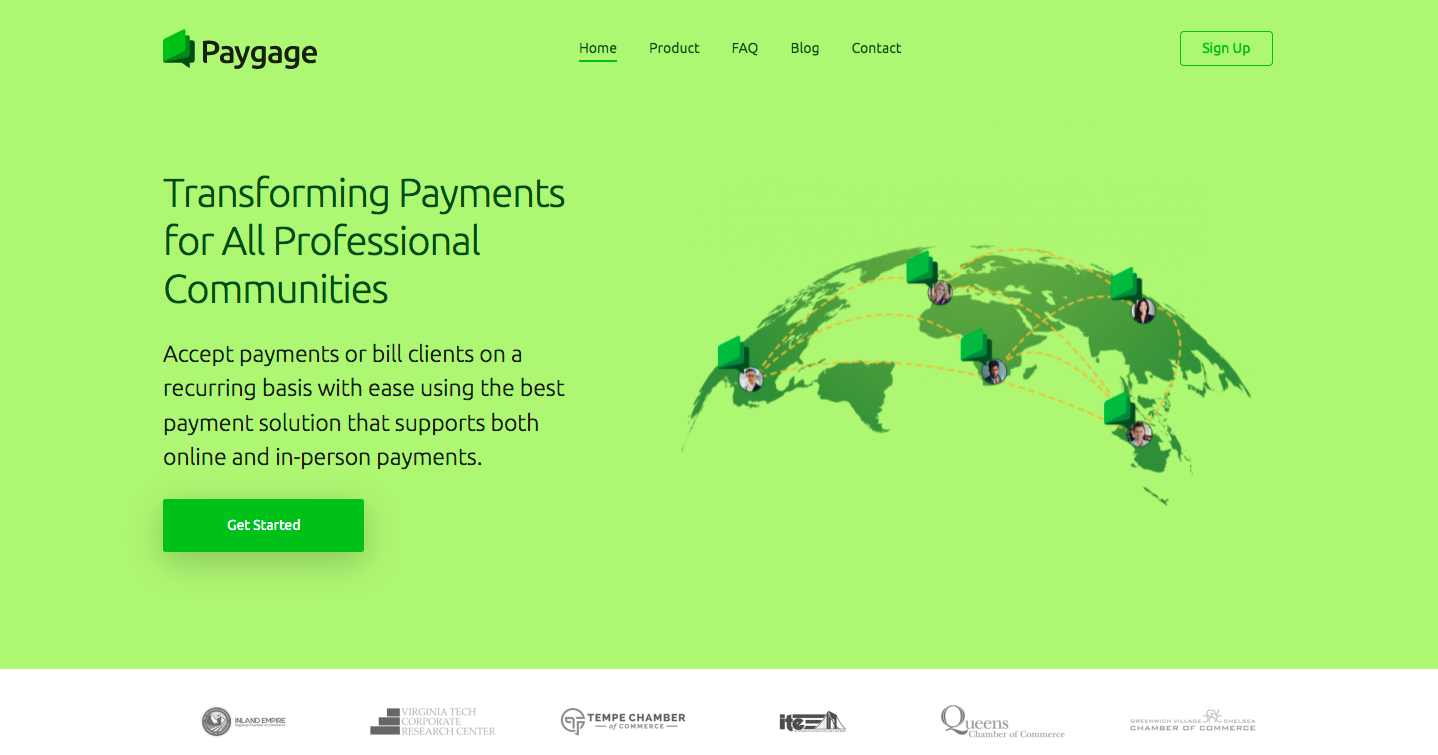
Videography
Event videos can help create a positive brand image online that attracts more clients and attendees. A professionally shot video builds credibility through well-executed shots from the event highlights.
Posting a recorded event on YouTube is a great way to extend its longevity, establishing a more personal connection with the audience.
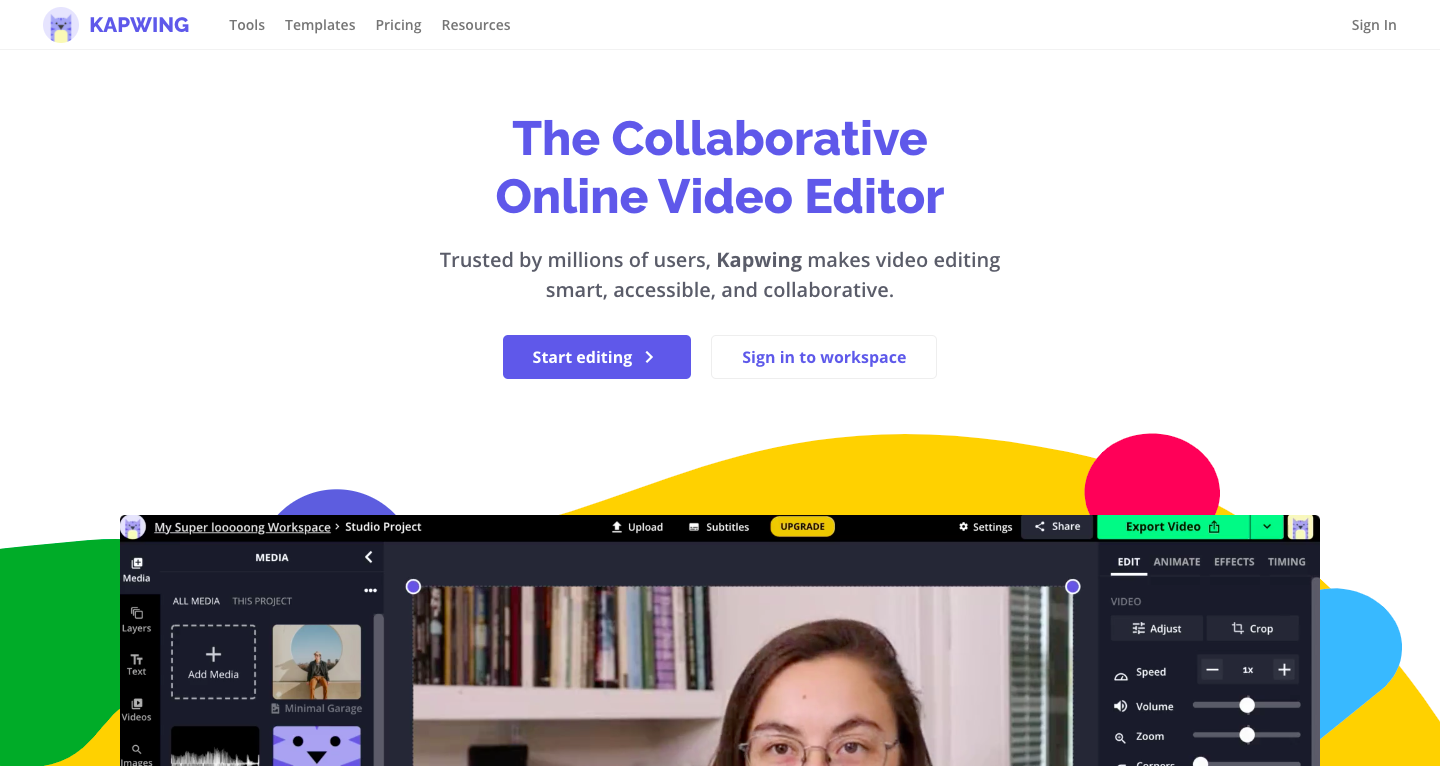
Kapwing is an easy-to-use editing software that lets you trim, combine, generate subtitles, add overlay text and images to create professional-looking videos.
Example of a Pop-up Event with State of the Art Technology
The Museum of Ice Cream offers an interactive art exhibition with ice cream and other flour confections in a modern way. It has several themed rooms with colorful palettes–creating fun and bright moments for the Instagram generation.
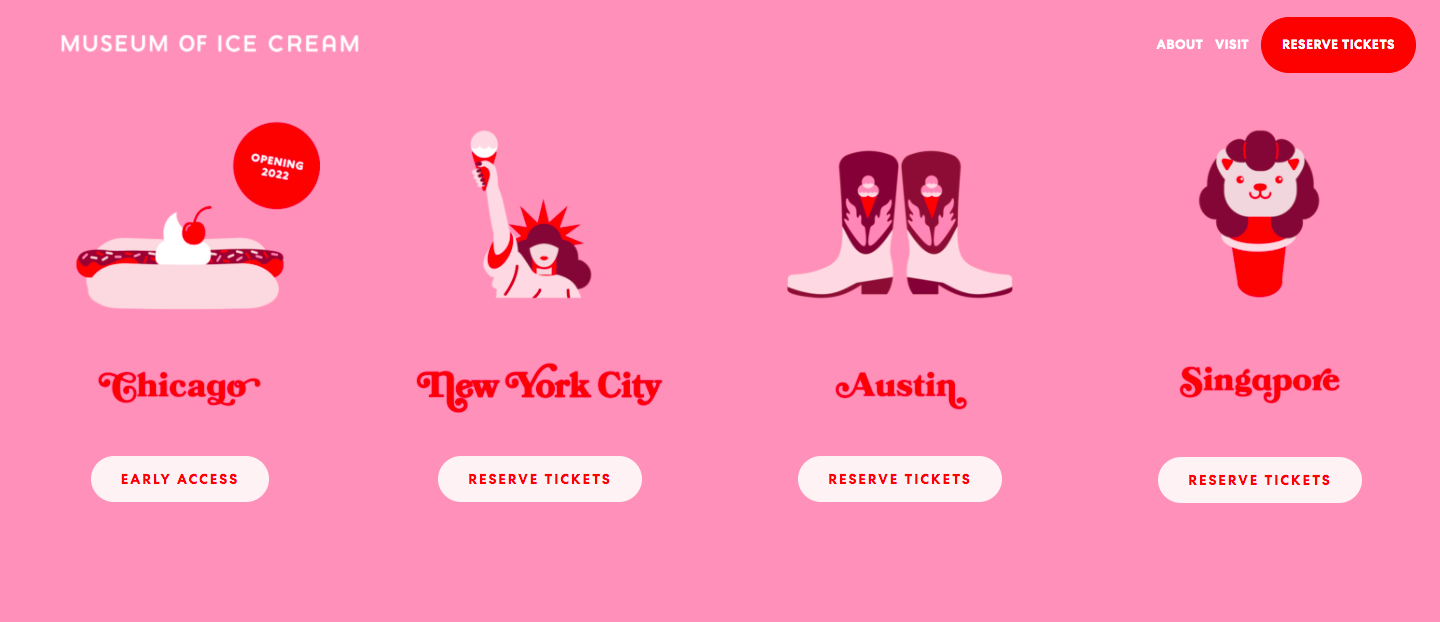
5. Marketing & Partnerships
It’s essential to promote a pop-up event to get a consistent flow of attendees. Reach out to social media influencers who can plug the event to their followers. On your event page, make sure to use relevant hashtags when promoting what you have to offer to the target audience. In addition, publishing relevant blogs or uploading videos on your website lets you connect with your audience and generate buzz.
3. Reach Out to Business and Community Partners
Sign up for a pop-up partnership if you don’t have the same target audience with another company or are not a direct competitor.
For example, if your client’s key customers are families, you can host an event like an open gym in a local school. It gives parents assurance that their kids are safe in a fun and clean environment.
4. Use Social Media to Spread the Word
Promoting an event on social media is an effective outlet to develop and execute an event. It helps build brand awareness, boost audience engagement, expand your reach, and increase event registration rates.
Be sure to develop valuable content that can educate and engage potential pop-up event-goers during the marketing process. To capture attention, make a good story, which requires insider details and relevance to prospects.
5. Advertise on Facebook
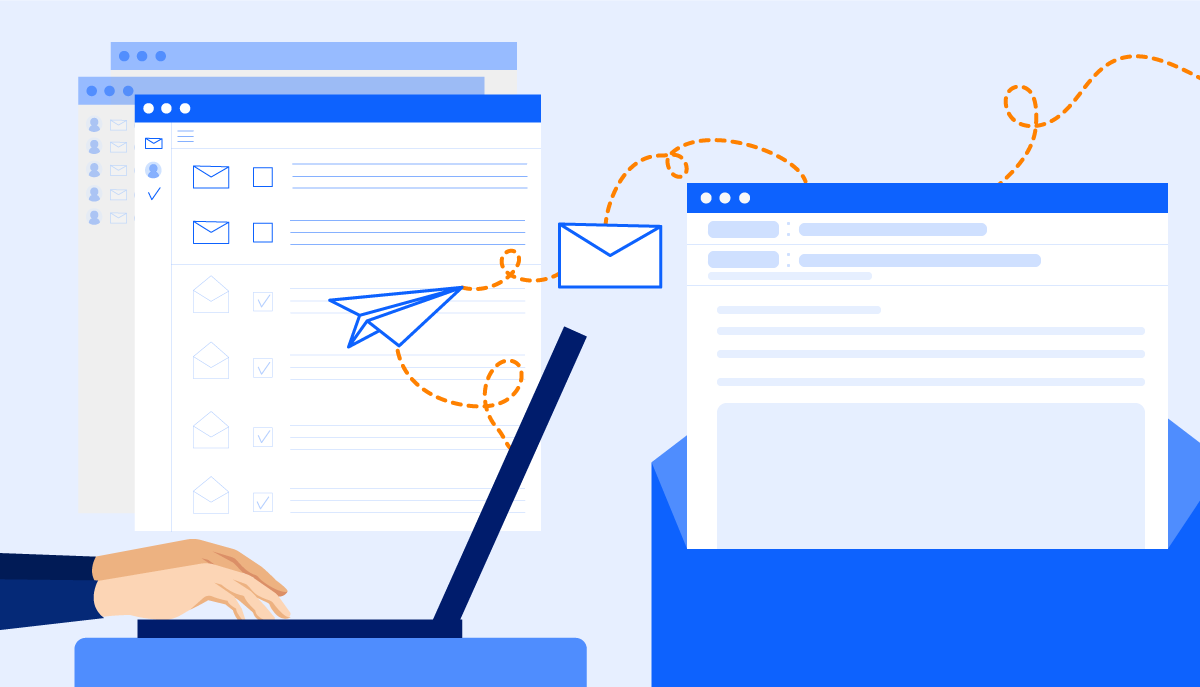 create a Facebook ad, make sure to list down the objectives first before deciding where to run it and setting a budget.
create a Facebook ad, make sure to list down the objectives first before deciding where to run it and setting a budget.
Pop-up Collaborations and Event Marketing
1. Do A Public Relations Plan
It is important to consider public relations during the early stages of event planning. Before you launch a PR campaign, think about your event goals and objectives. After this, determine the tactics and strategies you want to use to achieve them, including the target audiences you want to reach.
An Example of a Pop-up Marketing Idea That Builds Excitement:
Advertise Deals, Technology, and More
Highlight all the perks to encourage people to attend. Mention the deals or discounts that are in store for them. If technology will be made available, offer charging stations, rented tablets, and free Wi-Fi. Additionally, remember to advertise all sponsors and what they bring to the table.
6. Build Excitement Even Before an Event
Crowdsourcing for your attendees is an effective way to build interest in an event. Show attendees that their input matters to you. Therefore, asking about their favored activities, schedule, platform, speakers, and more could make them feel more invested in it.
5. Email People in the Contact Database
Check your contacts and be sure to alert your prospects to your upcoming event. These event invitations should include details like date, time, and location, RSVP or buy ticket link.
To grab their attention, creating catchy subject lines is essential. A personalized subject line can help pique the interest of your reader. Some email subject lines you can use:
- Time to mark your calendar for [Event Name], [Name]!
- Join us! Making family events special at [Event Location]
- [Name], you deserve to know about [Event Name]!
- [Name], you deserve to know about [Event Name]!
- Don’t miss [Event Name]! Reserve your slot today!
- Event happening soon: [Event Name] is happening [Event Date] in [Event Location]!
6. Make the Most of Direct Mail
Show appreciation to your contacts through direct mail. Since it's more direct, existing customers and prospects are highly targeted.
Dropping a letter or an invitation in the mail is a great way to interact with your guest list. It can reinforce how much you value their presence at your next pop-up event.
7. Gather Post-Event Attendee Feedback
Feedback is crucial for events as you can improve the next one from both the negative and positive that you get.
You can gather it via the event’s website or app. However, one of the most effective ways to gain attendee feedback is simply collecting answers using a survey.
Examples of Pop-Up Strategies to Keep Momentum in Events:
1. Host Special Events
Creating a sense of exclusivity through special events can encourage customers to participate in the event. Know the sole purpose of the event and generate some ideas to execute it successfully.
You can offer sample giveaways if you’re launching a new product to inspire loyalty and make your company stand out in the industry. On the other hand, you can choose to invite a local celebrity to attend and chat with customers if you want to build more brand awareness.
2. Set Up Event Banners
Promoting a pop-up event on your website is a long-term and flexible solution. Start by creating a unique banner design for the homepage or other pages like your blog and events page.
Linking banners through to your event registration page can be e good move if you want to encourage your visitors to reserve their slots.
3. Creative Online Marketing Techniques
Utilizing other online marketing channels available is another approach you can use to expand your audience. Prepare a blog that ends with an invitation to your pop-up event. Choose relevant topics that will pique the audience and make sure to add a clear call to action at the end.
4. Write a Press Release
Prepare a press release about your event that mentions the date, time, location, and your reasons for having the event. Include interesting information about your brand story and the products that will be available during the event.
5. Share About the Event in a Facebook Group
If you’re a member of a Facebook group, you can share the event with like-minded individuals without being too promotional. Ask for help to spread the word and offer to assist any request in exchange for their support. Alternatively, you can also search for pages that post upcoming events in the area.
6. Work With the Press & Influencers
Connect with local media and influencers before the event. Inviting them to the event means having their followers as well.
Research your target audience and check publications or related blogs that they frequently read. Send a press release to reporters at those publications announcing the event.
If you have a product release, give samples ahead of time and ask for event testimonials they can leave on your page or website.
7. Staffing
It’s important to hire staff that represents your company’s image to build meaningful relationships with event attendees. You can ask potential candidates how they want to represent your brand, or what step would they take to make sure that they uphold your vision.
In addition, you have to determine the number of staff in your store and the period of time they need to stay. List down the number of people you need, the duration of shifts, and their rates. You can do the math after.
8. Create a Killer Event Page
Build an event page with your pop-up event details. Make sure to write an enticing copy about the value it brings to attendees. You can use an event management software that gives customization options to match your event branding. You can also consider including questions in the registration form to learn more about your prospects.
If you want to automate your next event to increase event attendance and productivity, book a demo of Glue Up's Event Management Software. The all-in-one platform for events has customizable registration forms, an event website builder, online ticketing & payments, digital business cards, and more that are easy to use, especially for managing and promoting events.
